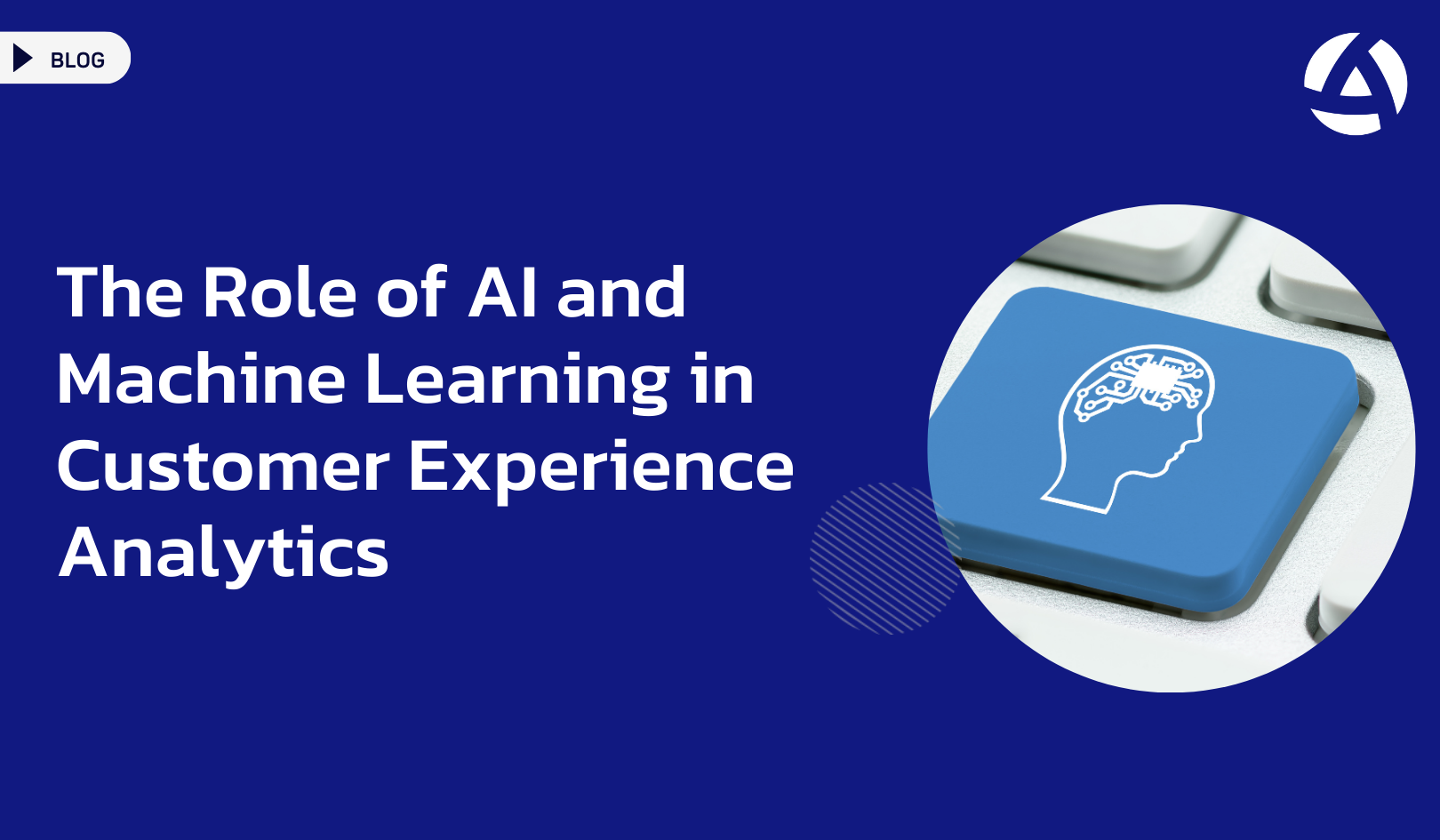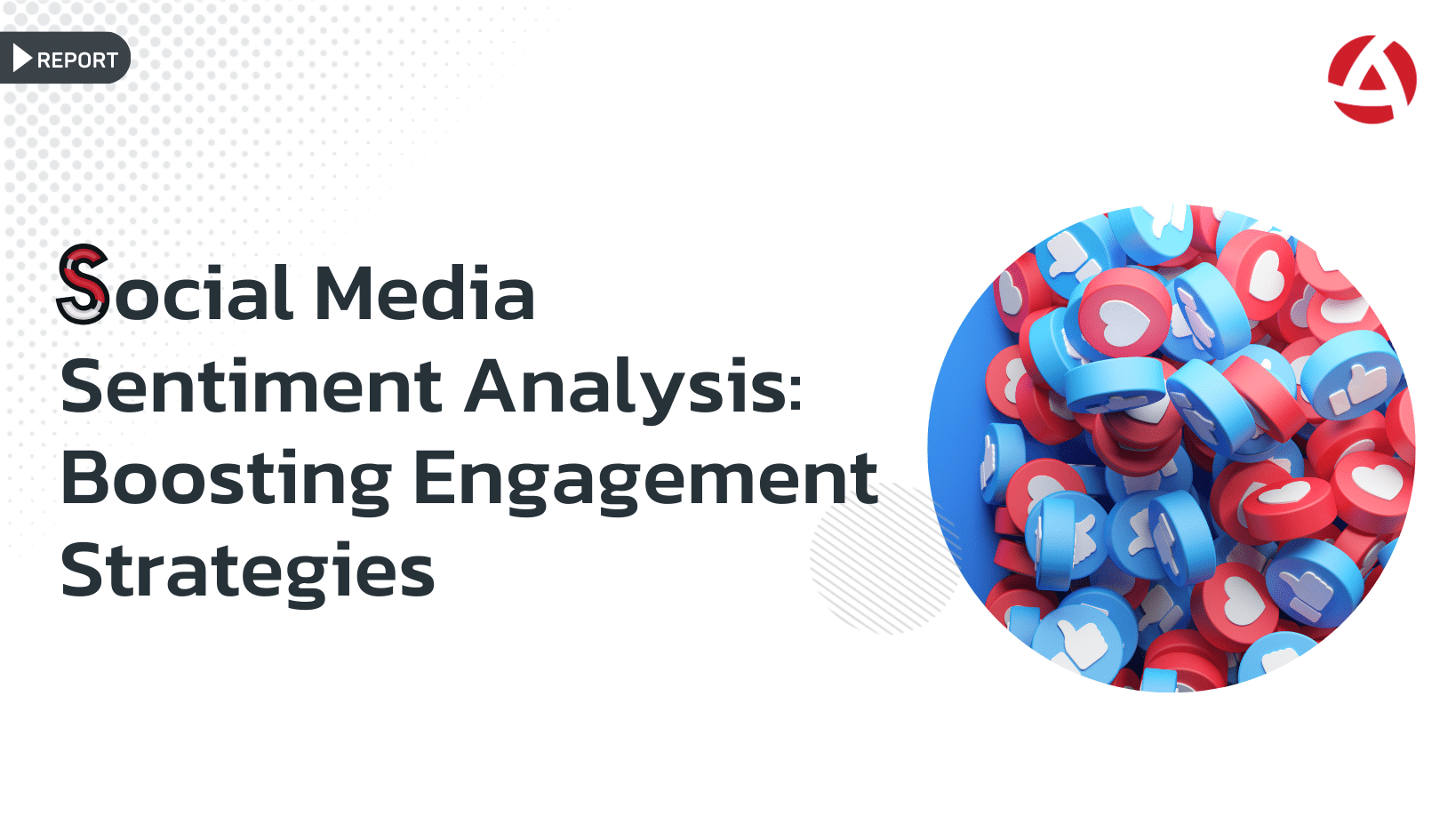In today’s fast-paced digital world, businesses must prioritize exceptional customer experiences to stay competitive. One of the most effective ways to achieve this is through customer experience analytics. By leveraging the power of AI and machine learning, companies can gain deeper insights into customer behavior, predict trends, and tailor their strategies to meet customer needs more effectively. AI and machine learning are rapidly gaining traction across various industries, and customer experience (CX) is no exception. According to a recent Forbes article, these technologies are revolutionizing how businesses interact with their customers.
Understanding Customer Experience Analytics
Customer experience analytics involves the collection, measurement, and analysis of data related to customer interactions with a business. This data helps companies understand how customers perceive their brand and identify areas for improvement. Traditional analytics methods provide valuable insights, but they often fall short in handling the vast and complex data sets generated in today’s digital landscape. This is where AI and machine learning come into play.
The Integration of AI and Machine Learning
AI and machine learning have revolutionized customer experience analytics by providing more sophisticated tools for data analysis. These technologies can process large volumes of data quickly and accurately, identifying patterns and trends that human analysts might miss. Here are some key ways AI and machine learning enhance customer experience analytics:
- Predictive Analytics: AI algorithms can analyze historical data to predict future customer behavior. For example, machine learning models can forecast which customers are likely to churn, enabling companies to take proactive measures to retain them. Predictive analytics helps businesses anticipate customer needs and personalize their offerings accordingly.
- Sentiment Analysis: Understanding customer sentiment is crucial for improving customer experience. AI-powered sentiment analysis tools can scan customer reviews, social media posts, and other forms of feedback to gauge customer emotions. This real-time analysis helps businesses respond to customer concerns promptly and improve their overall satisfaction.
- Personalization: Machine learning algorithms can analyze individual customer preferences and behaviors to deliver personalized experiences. For example, AI can recommend products based on a customer’s past purchases or browsing history, enhancing the likelihood of conversion. Personalization fosters a deeper connection between the brand and the customer, leading to increased loyalty.
- Automated Customer Support: AI-driven chatbots and virtual assistants are transforming customer support by providing instant responses to customer queries. These tools use natural language processing (NLP) to understand and address customer issues efficiently. By handling routine inquiries, AI-powered support allows human agents to focus on more complex tasks, improving overall service quality.
- Real-Time Analytics: Traditional analytics methods often involve delays in data processing and reporting. AI and machine learning enable real-time analytics, providing businesses with up-to-the-minute insights into customer behavior. This agility allows companies to make data-driven decisions quickly, enhancing their responsiveness to market changes.
Benefits of AI and Machine Learning in Customer Experience Analytics
The integration of AI and machine learning in customer experience analytics offers numerous benefits:
- Improved Accuracy: AI algorithms can analyze data with greater precision, reducing the likelihood of errors and providing more reliable insights.
- Scalability: AI-powered analytics can handle vast amounts of data, making it suitable for businesses of all sizes.
- Cost Efficiency: Automation of data analysis processes reduces the need for extensive human resources, lowering operational costs.
- Enhanced Customer Insights: Deeper and more accurate insights into customer behavior help businesses tailor their strategies more effectively, leading to better customer experiences and increased loyalty.
Challenges and Considerations
While AI and machine learning offer significant advantages, businesses must also be aware of potential challenges. Data privacy and security are paramount, and companies must ensure they handle customer data responsibly. Additionally, implementing AI-driven analytics requires expertise and investment in technology and talent.
Conclusion
AI and machine learning are transforming customer experience analytics, providing businesses with powerful tools to understand and enhance customer interactions. By leveraging these technologies, companies can gain deeper insights, predict trends, and deliver personalized experiences that meet and exceed customer expectations. As AI and machine learning continue to evolve, their role in customer experience analytics will only grow, offering even more opportunities for businesses to innovate and thrive in the competitive market landscape.
We, at Alterna CX, are committed to helping businesses harness the power of AI and machine learning to elevate their customer experience strategies. By incorporating AI and machine learning into their customer experience analytics strategy, businesses can stay ahead of the curve, delight their customers, and achieve long-term success.




